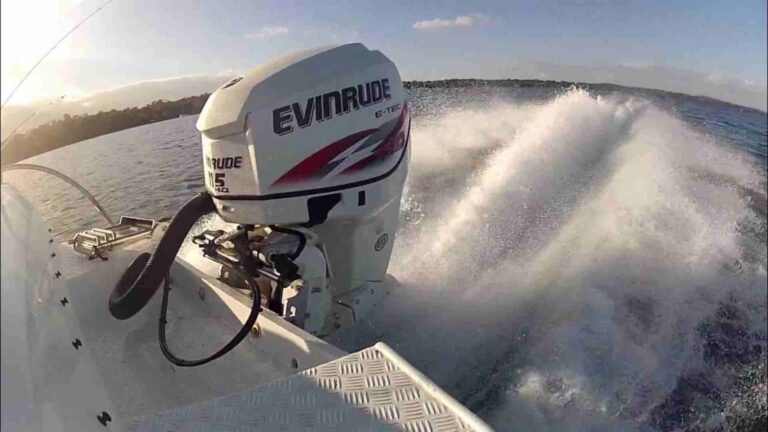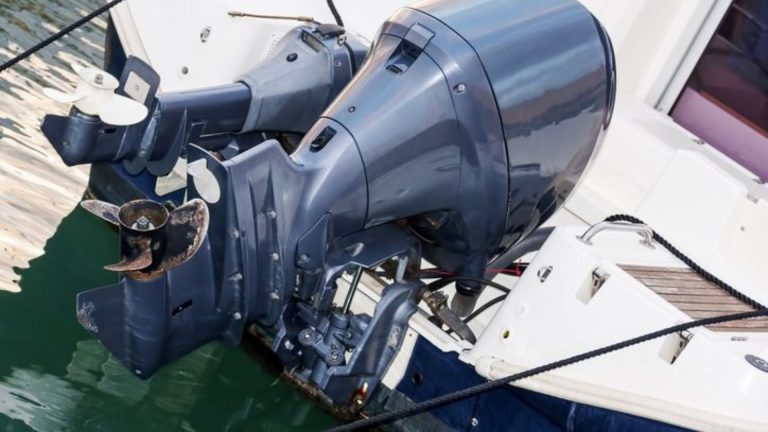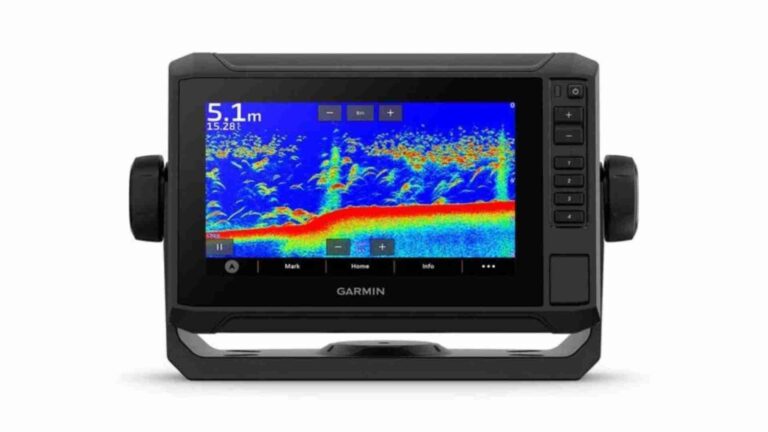Personal Watercraft (PWC) Maintenance Guide: Tips, Costs
Owning a personal watercraft (PWC) such as a Jet Ski, Sea-Doo, or WaveRunner offers the thrill of zipping through water at exhilarating speeds. However, to keep your PWC in peak condition and extend its lifespan, routine maintenance is critical. A well-maintained PWC not only performs better but also ensures safety, efficiency, and a higher resale value.
This guide walks you through key maintenance tips, common costs, and essential specifications to help you keep your PWC in top shape.
1. Essential PWC Maintenance Tasks
A. Flush the Engine After Every Ride
If you ride your PWC in saltwater or even freshwater, debris, algae, and salt can build up inside the engine, leading to corrosion and damage. Flushing the engine helps remove any lingering impurities.
- How to Flush Your PWC:
- Attach a hose to the flush port.
- Start the PWC engine before turning on the water.
- Let the water run through the engine for 1–2 minutes.
- Turn off the water supply before switching off the engine.
- Estimated Cost: $10–$20 for a flush kit or hose attachment.
B. Change the Oil Regularly
Just like with a car, the oil in your PWC needs to be changed regularly. Generally, oil should be replaced every 50 hours of use or at least once a year, depending on how frequently you ride.
- Steps to Change the Oil:
- Warm up the engine.
- Use an oil extractor to remove the old oil.
- Replace the oil filter.
- Add the manufacturer-recommended oil.
- Estimated Cost: Around $30–$50 per oil change if you do it yourself. Professional oil changes may cost $100–$150.
C. Inspect and Clean the Jet Pump
The jet pump is crucial for your PWC’s propulsion. You should inspect it regularly for debris such as seaweed, plastic bags, or other foreign objects. A clogged or damaged jet pump can affect your PWC’s performance.
- Cleaning Steps:
- Remove any debris with a soft tool or your hand.
- Rinse the jet pump with fresh water to remove sand or salt deposits.
- Estimated Cost: Free if done yourself; jet pump repairs can range from $200–$500, depending on the severity of the issue.
D. Check and Replace the Spark Plugs
Spark plugs play an essential role in igniting the engine. If your PWC is running rough, struggling to start, or losing power, the spark plugs may be worn out and need replacement. Check the spark plugs every 50 hours or at the start of the season.
- Cost: Replacement spark plugs cost about $5–$15 each. Professional installation will add about $50–$100.
E. Maintain the Battery
The battery is the lifeblood of your PWC. To ensure it doesn’t drain, store it properly during the offseason, preferably by disconnecting and charging it at least once a month. Keeping the battery clean from corrosion is equally important.
- Battery Care Tips:
- Store in a dry, cool place.
- Use a trickle charger to keep it charged.
- Clean terminals with a brush and baking soda solution if needed.
- Estimated Cost: Replacement batteries cost between $50–$150.
F. Winterize Your PWC
If you live in a cold climate and don’t plan on using your PWC during the winter months, proper winterization will prevent engine damage caused by freezing temperatures. Winterizing involves draining water from the engine, adding antifreeze, and stabilizing the fuel.
- Steps to Winterize:
- Flush the engine to remove salt and debris.
- Add a fuel stabilizer and run the engine for a few minutes.
- Use a fogging oil to protect the engine internals.
- Store the PWC with a full tank of gas.
- Estimated Cost: DIY winterization costs around $50. Professional winterization typically costs between $200–$400.
2. General PWC Maintenance Costs
On average, maintaining a PWC costs $300–$600 annually. Here’s a breakdown of the common costs:
- Oil Changes: $30–$50 (DIY) or $100–$150 (professional).
- Battery Maintenance: $50–$150 for a new battery.
- Spark Plug Replacement: $5–$15 per plug.
- Winterization: $50 (DIY) or $200–$400 (professional).
- Jet Pump Maintenance: Free (DIY); repairs range from $200–$500.
- Engine Flushing: Minimal cost with the right hose attachments ($10–$20).
Remember, while these costs might seem high, proper maintenance can save you from expensive repairs or having to replace your PWC entirely.
3. Common PWC Models, Specs, and Maintenance Requirements
Here’s a look at some popular PWC models and their basic specs, along with specific maintenance considerations:
A. Yamaha WaveRunner FX Cruiser SVHO
- Engine: 1,812cc, supercharged 4-cylinder
- Top Speed: 67 mph
- Fuel Capacity: 18.5 gallons
- Maintenance: Due to the supercharged engine, oil changes and flushing are more critical. Spark plugs may need to be checked more often.
- Price: Starts at $17,499
B. Sea-Doo RXP-X 300
- Engine: 1,630cc, supercharged Rotax engine
- Top Speed: 70 mph
- Fuel Capacity: 15.9 gallons
- Maintenance: High-performance engines like the Rotax require frequent oil changes. The jet pump should be inspected more regularly after high-speed runs.
- Price: Starts at $16,099
C. Kawasaki Jet Ski Ultra 310LX
- Engine: 1,498cc, supercharged 4-cylinder
- Top Speed: 67 mph
- Fuel Capacity: 20.6 gallons
- Maintenance: The large fuel capacity requires more attention to fuel stabilizers during offseason storage. Check for jet pump debris after use in shallow water.
- Price: Starts at $19,199
4. Storing Your PWC
Proper storage is essential for maintaining your PWC during both the off-season and between rides. Here are some key points:
- Short-Term Storage: Always cover your PWC when not in use to protect it from the sun, rain, and debris. Use a ventilated, UV-resistant cover, which costs about $50–$150.
- Long-Term Storage: When storing for the winter or long periods, ensure the engine is flushed, the fuel is stabilized, and the battery is disconnected. Keeping your PWC in a dry, climate-controlled space is ideal to prevent moisture buildup.
5. Final Thoughts on PWC Maintenance
Owning a personal watercraft offers unmatched fun and excitement, but routine maintenance is essential for prolonging the life of your PWC. Whether you opt for DIY tasks or hire professionals, following these maintenance guidelines will keep your PWC in peak performance while reducing the likelihood of costly repairs.
By investing in proper care, your PWC will not only perform better but also hold its value for years to come, ensuring your investment is worthwhile both on and off the water.
Happy Boating!
Share Personal Watercraft (PWC) Maintenance Guide: Tips, Costs, Specs with your friends and leave a comment below with your thoughts.
Read How to Flush a Personal Watercraft (PWC) Engine: Guide until we meet in the next article.






